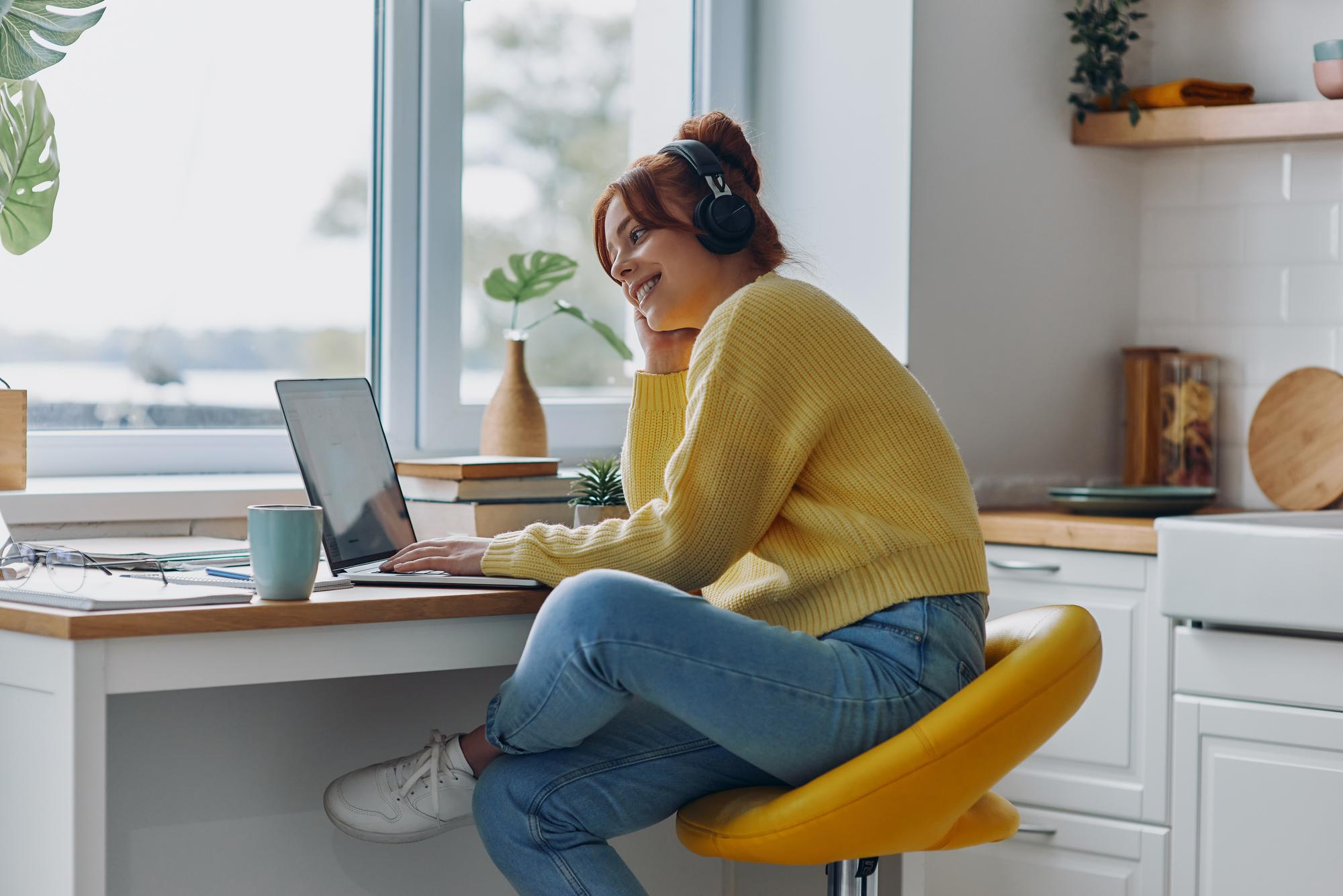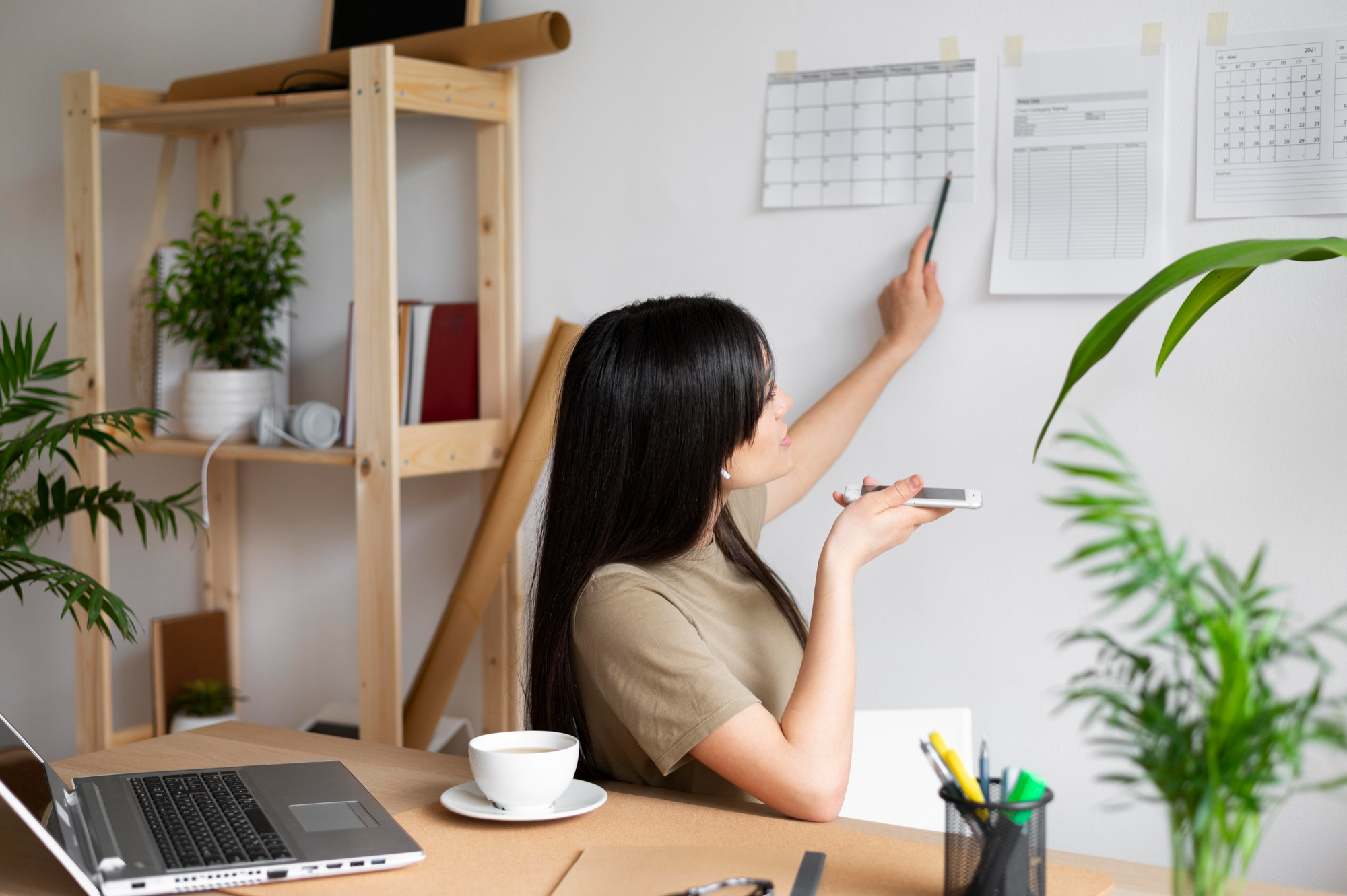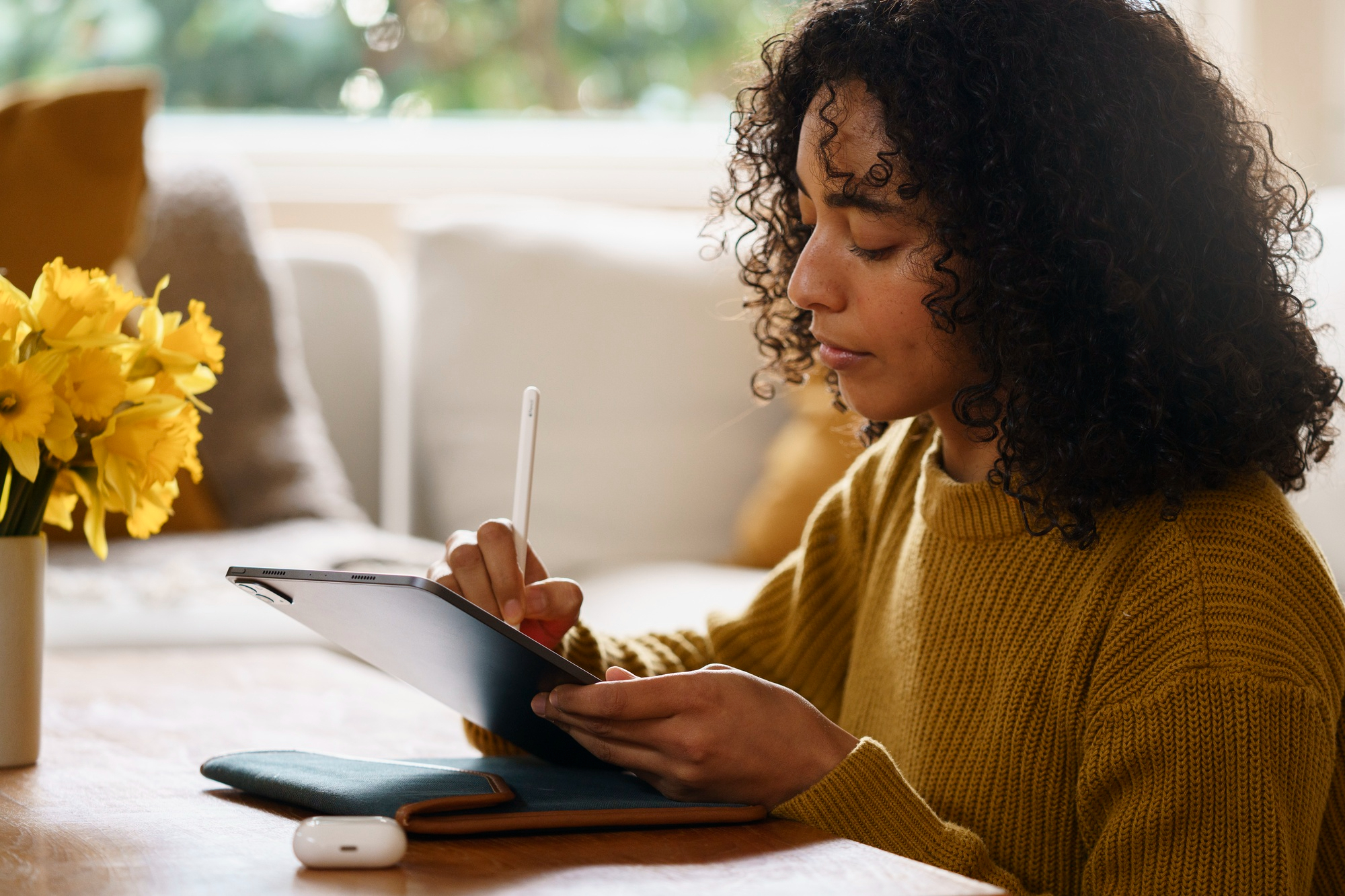A Guide to Balancing Online Therapy and Daily Life
Last Updated on April 22, 2025 by Prath

Therapy involves investing significant time and effort, not just during sessions but before and after sessions as well.
Managing online therapy alongside the demands of everyday life can thus be tricky.
Our blog aims to provide actionable tips to help you prioritise your mental health without compromising on the rest of your responsibilities.
In today’s fast-paced world, people often juggle packed professional calendars with an equally long list of personal responsibilities and social commitments.
Amid such busy schedules, finding dedicated time for therapy, whether online or in-person, can be difficult.
Scheduling conflicts are common, especially when your routine lacks flexibility or unexpected demands may pop up.
It can be hard to fit travelling to therapy sessions into a busy schedule. Travelling means extra time, transport coordination, navigating traffic, and additional costs.
Online therapy offers an accessible solution to this challenge – you can take online therapy sessions from home, work, or anywhere you feel safe and comfortable!
Therapy often involves deep emotional work, and it’s absolutely normal if you feel drained after a session.
Having to jump right back into a meeting or a school pick-up after an online therapy session can be challenging, as you may not have enough time to process what came up.
Without the right amount of time to reflect and reset, returning to your daily life can be jarring.
Privacy plays a crucial role in therapy – it ensures you feel safe and allows you to be open with your online therapist.
However, not everyone has access to a quiet, undisturbed environment, especially those in shared living arrangements.
Such a lack of privacy can be especially challenging for online therapy, where your surroundings can impact how freely you express yourself.
Spending long hours before a screen, whether for work, school, entertainment or otherwise, can lead to digital fatigue.
For some, the idea of another hour before a device, even one as meaningful as therapy, can be exhausting. Such digital weariness may decrease motivation to attend regular sessions.
To ease this, try scheduling therapy sessions at a time of the day when you’re less likely to be digitally drained – perhaps at the beginning of the day or after a long break.
You can also speak to your online therapist about creating a more personalised therapeutic plan, including short mindfulness practices and non-screen-based exercises to help you stay grounded and present.
Online therapy offers greater flexibility, affordability and convenience, making it easier to integrate it into your daily routine.
Despite this, it may feel like you’re being pulled in multiple directions when you’re juggling work calls, daily errands and personal commitments alongside online therapy.
With a bit of thoughtful planning and a few intentional adjustments, you can create the right environment and strike a healthy balance between therapy and the rest of your life.
Below are some tips to make online therapy a more manageable and rewarding part of your everyday life:
When it comes to balancing therapy and daily life, proactive planning is your best friend!
Treat your online therapy sessions like any other high-priority appointment – schedule your session at least a week in advance, block it out in your calendar and plan your day around it.
Having a regular slot on the same day and time each week can also help build consistency and reduce the stress of last-minute shuffling.

Even though you’re not commuting to a therapist’s office for online therapy, it still needs a bit of logistics prep.
Here’s a quick checklist to prepare for your online therapy sessions:
Planning these ahead of time can help you feel more grounded, relaxed and present during your online therapy session.
Back-to-back work meetings? Sudden errands right before your online therapy session? It’s easy to let other commitments bleed into your therapy time. This blurring of boundaries can be especially common in online therapy.
Since online therapy can be attended from the comfort of your home, you may get wrapped up in something or the other. Consequently, you may be late for your session or end up having to skip it altogether.
It’s thus essential to set clear boundaries – let family and colleagues know you’ll be unavailable, and avoid planning any tasks for at least half an hour before and after your online therapy sessions.
Even after near-perfect planning, life happens, and sometimes meetings may run over and emergencies may come up.
Knowing your therapist’s cancellation and rescheduling policy in advance gives you flexibility and peace of mind.
Many therapists in Australia have a set notice period for cancellation and rescheduling, so remember to check in with your online therapist regarding theirs.
Many a time, therapy can stir up strong emotions, even if positive.
Give yourself some buffer time before and after each session – even 10-15 minutes – to prepare, reflect, and mentally transition in and out. Use this time to slow down, practice breathing exercises, or journal any immediate thoughts or feelings.
It may be tempting to treat therapy sessions as isolated events – something you log in for and then forget when the screen turns off.
But therapy works best when you integrate what you learn into your daily life. It’s thus crucial not to compartmentalise it.
Try building small rituals and intentional steps to take the work forward – whether that is journaling, practising coping mechanisms or setting daily mental health check-in slots. These activities help therapy become a natural part of your everyday life as opposed to a once-a-week isolated event.

Yes! Research shows that online therapy is as effective as in-person therapy.
In fact, online therapy can be ideal for certain mental health concerns that limit travel and social interactions – eg social anxiety, agoraphobia, etc.
Yes – platforms used for online therapy sessions follow strict privacy and security standards (such as end-to-end encryption).
In addition to this, Talk Your Heart Out (TYHO) Therapists always put your privacy, safety and comfort first, keeping your personal information confidential.
Many types of therapy work equally well in an online format, including Cognitive Behavioural Therapy (CBT), Emotion-Focused Therapy (EFT), psychodynamic therapy, and more.
Your online therapist may also adapt certain techniques to suit the virtual setting better.
The effectiveness of online therapy depends on mutual effort, consistency and finding the right therapist.
However, some common signs that show you’re benefiting from therapy may include:
Yes! That’s one of the most significant advantages of online therapy – it’s location-independent.
As long as you have access to a private space and a stable internet connection, you can keep your regular sessions going, even across time zones.
At TYHO, all it takes is three simple steps to book your online therapy session:
Balancing a new addition to your routine may not be easy, but it’s absolutely possible through small and intentional steps.
The key to finding balance between online therapy and daily life is to plan ahead, set boundaries, ensure enough buffer time before and after sessions, and, most importantly, integrate therapy into your life.
Remember that therapy is for you – a long-term investment in your mental wellness, and creating space for your mental health, even when life gets busy, is an act of strength and growth.
Click here to explore TYHO Therapists in Australia and kickstart your mental wellness journey!
